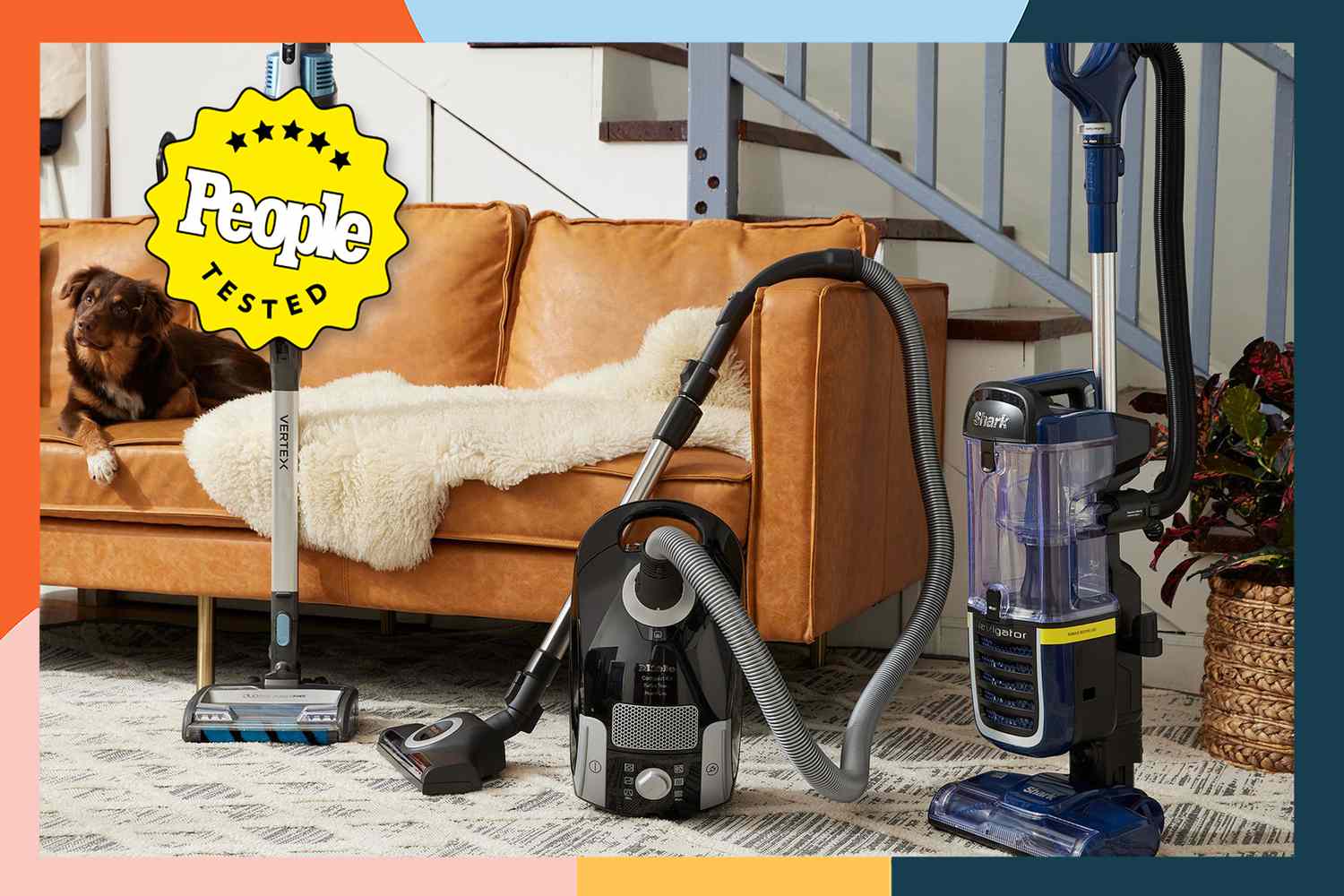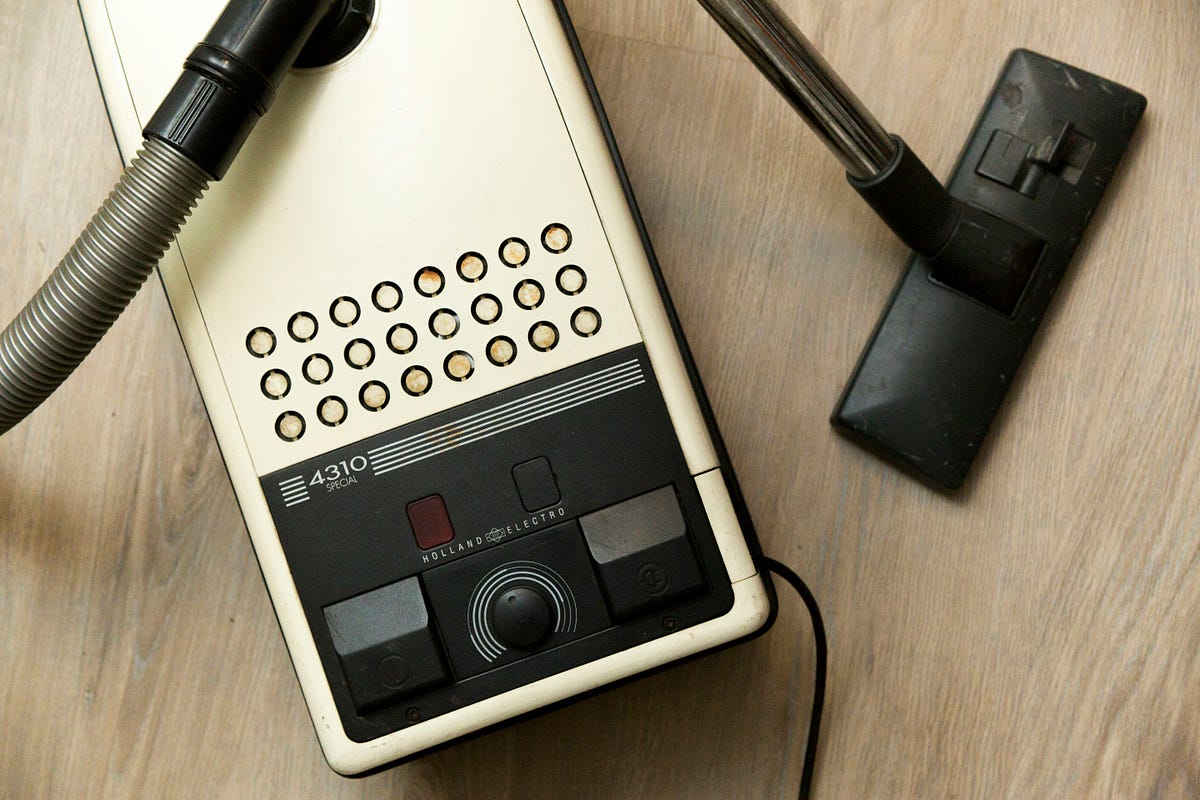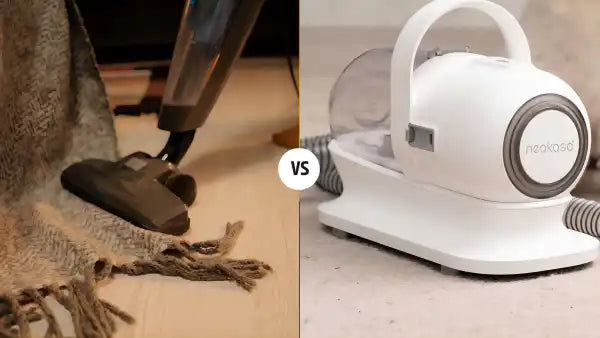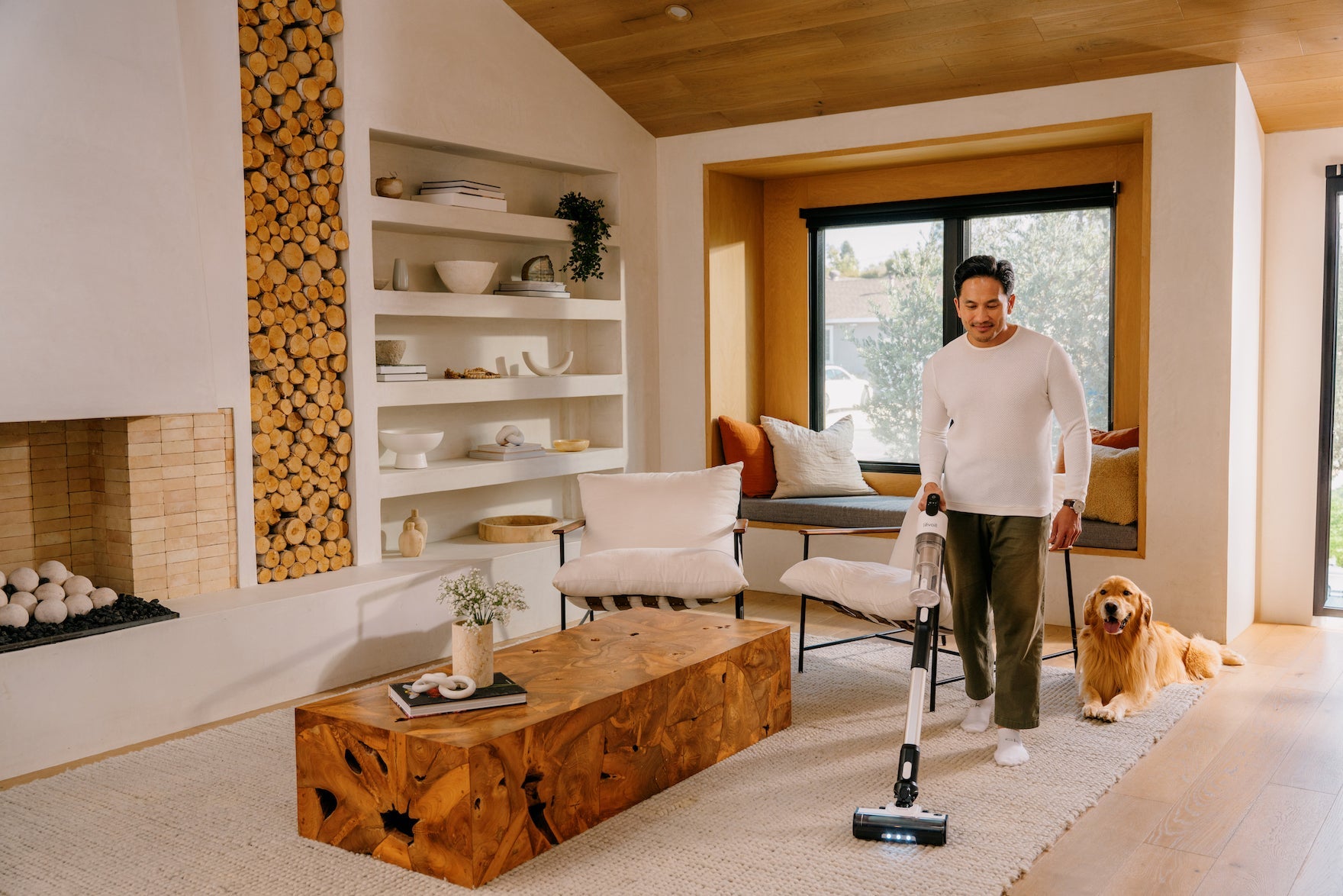This in-depth guide will delve into the key features to look for in a lightweight, quiet pet hair vacuum and highlight some of the top-rated models that effectively tackle pet messes without the noise and bulk.
Why Lightweight and Quiet Matter for Pet Owners
Lightweight:
- Ease of Use: A lightweight vacuum is a dream for quick cleanups, daily maintenance, and reaching tricky spots like stairs, ceilings, and under furniture. You won't dread pulling it out for every tumbleweed of fur.
- Maneuverability: Lighter models are typically more agile, allowing you to easily navigate around furniture, corners, and pet beds. This means a more thorough and less strenuous cleaning experience.
- Storage: Compact and lightweight designs are often easier to store, especially in smaller homes or apartments.
Quiet Operation:
- Pet Comfort: Many pets are highly sensitive to loud noises. A quiet vacuum can significantly reduce their stress and anxiety during cleaning time, making the process less traumatic for everyone involved.
- Household Harmony: A loud vacuum can be disruptive to other household members, especially if you clean frequently or have different schedules. A quieter model allows for cleaning without interrupting conversations, TV watching, or napping pets.
- Reduced Hearing Fatigue: For the person doing the vacuuming, a quieter machine means less noise fatigue, making longer cleaning sessions more tolerable.
Key Features to Look For
When searching for the best lightweight, quiet vacuum for pet hair, keep these essential features in mind:
- Strong Suction Power: While "lightweight" and "quiet" are priorities, effective pet hair removal still hinges on robust suction. Look for models specifically designed to handle embedded pet hair on various surfaces, often indicated by high air watt ratings or strong kPa (kilopascal) for cordless models.
- Pet-Specific Attachments: These are crucial for tackling fur on different surfaces:
- Motorized Pet Hair Brush/Mini Turbo Tool: Essential for deep cleaning pet hair from upholstery, carpets, and stairs. Look for anti-tangle designs.
- Crevice Tool: For reaching fur stuck in tight corners, between cushions, or along baseboards.
- Dusting Brush: Useful for delicate surfaces where pet hair might settle.
- Advanced Filtration (HEPA): Pets shed dander (tiny flakes of skin) in addition to hair, which can trigger allergies. A vacuum with a HEPA filter traps up to 99.97% of microscopic particles, including allergens, pollen, and pet dander, ensuring cleaner air in your home.
- Brush Roll Design:
- Tangle-Free/Self-Cleaning Brush Rolls: Many newer models feature technology designed to prevent hair from wrapping around the brush roll, reducing maintenance and ensuring consistent performance.
- Multi-Surface Capability: Look for brush rolls that can be easily switched off or adjusted for different floor types (hardwood, tile, carpet) to prevent scratching hard floors and optimize cleaning.
- Bagless Design with Easy Emptying: Pet hair can quickly fill bags and get tangled. Bagless vacuums with large, easy-to-empty dustbins make disposal simple and mess-free, often with mechanisms that prevent dust clouds.
- Corded vs. Cordless:
- Cordless: Offers unparalleled freedom and maneuverability, perfect for quick cleanups and covering multiple rooms without being tethered to an outlet. Battery life is a key consideration here.
- Corded: Generally offers consistent, stronger suction for longer periods, ideal for larger homes or deep cleaning sessions. Look for a long power cord for greater reach.
- Noise Level (dB): While not always explicitly listed, some manufacturers provide decibel ratings. Generally, vacuums below 70 dB are considered quiet, with some going even lower. Reviews often mention noise levels, which can be a good indicator.
- Maneuverability Features: Swivel steering, flexible wands, and adjustable handles enhance the overall user experience, making it easier to clean under and around obstacles.
Top Contenders for Lightweight & Quiet Pet Hair Vacuums
Based on current trends and user feedback, here are some categories and specific models that frequently receive high marks for being lightweight, quiet, and effective against pet hair:
1. Cordless Stick Vacuums (Excellent for Lightweight & Maneuverability)
Cordless stick vacuums are often the go-to for their lightweight design and ease of use. Many modern models have significantly improved suction power, making them viable for pet owners.
- Dyson V Series (e.g., V15 Detect, Gen5detect): Dyson is renowned for its powerful cordless stick vacuums. While they can be an investment, models like the V15 Detect offer exceptional suction, advanced filtration, and specialized anti-tangle hair screw tools. They are designed with quieter motors, and while not silent, are generally less intrusive than traditional uprights. The V15 Detect's laser illumination also helps reveal hidden pet hair.
- Shark Cordless Stick Vacuums (e.g., Shark PowerDetect Clean & Empty, Stratos): Shark offers competitive cordless options that are often more affordable than Dyson while still delivering strong performance on pet hair. Many Shark models feature DuoClean (dual brush rolls for multi-surface cleaning) and anti-hair wrap technology. They are generally considered quiet for their power.
- Dreame J10 Cordless Stick Vacuum: Praised for its powerful suction (8K Pa) and relatively quiet operation, the J10 is a strong contender, especially for quick pet hair pickups.
- AIRBOT Cordless Stick Vacuum Cleaner: This model is specifically marketed as "Lightweight & Quiet - Pet Hair & Hardwood Floor" and has received positive user ratings for its quietness and effectiveness on pet hair.
2. Canister Vacuums (Often Quieter & Powerful)
Canister vacuums, with their motor housed in a separate canister, tend to be quieter than uprights because the noise source is further away from the user and the floorhead. They are also highly versatile.
- Miele Canister Vacuums (e.g., Miele Blizzard CX1 Cat & Dog, C1 Cat & Dog): Miele vacuums are often lauded for their exceptional build quality, powerful suction, and very quiet operation, even at higher settings. The "Cat & Dog" models come with specialized pet hair tools and excellent filtration. While not always the lightest, their maneuverability makes them feel less bulky. Users often specifically recommend Miele for its quietness.
- Electrolux UltraSilencer: As the name suggests, this line of canister vacuums from Electrolux is designed for quiet operation and often comes with powerful brushes suitable for pet hair.
3. Upright Vacuums (Some Lightweight & Quieter Options Exist)
While many upright vacuums can be heavy and loud, some newer models are designed with weight and noise reduction in mind.
- Bissell MultiClean Allergen Rewind Pet Vacuum: This upright is noted for its efficiency with fuzz and fur, good performance on carpet, and a relatively smooth and quiet operation for an upright. It also features a self-cleaning brush roll.
- Kenmore Elite Cordless Stick Vacuum (can act as a lightweight upright): While primarily a stick, its upright functionality and quiet operation, especially in handheld mode, make it a noteworthy option for pet hair.
Considerations When Choosing
- Your Home's Flooring: Do you have mostly carpets, hard floors, or a mix? Different vacuums excel on different surfaces. Look for models with adjustable brush rolls or specialized heads.
- Amount of Pet Hair: If you have multiple heavy-shedding pets, you'll need a vacuum with exceptional suction and a large dustbin.
- Battery Life (for Cordless): Consider how long you need to clean on a single charge. Longer runtimes are crucial for larger homes.
- Budget: Vacuum cleaner prices vary widely. Determine your budget and then look for the best features within that range.
- Maintenance: Consider how easy it is to empty the dustbin, clean filters, and maintain the brush roll.
Conclusion
Finding the perfect lightweight and quiet vacuum for pet hair involves balancing power, portability, and noise levels. While no vacuum is truly silent, technological advancements have led to a wide array of effective and user-friendly options that can keep your home fur-free without disturbing your peace or your beloved pets. By focusing on strong suction, pet-specific attachments, advanced filtration, and considerate noise design, you can find a quiet powerhouse that makes pet hair cleanup a breeze.
Sources















